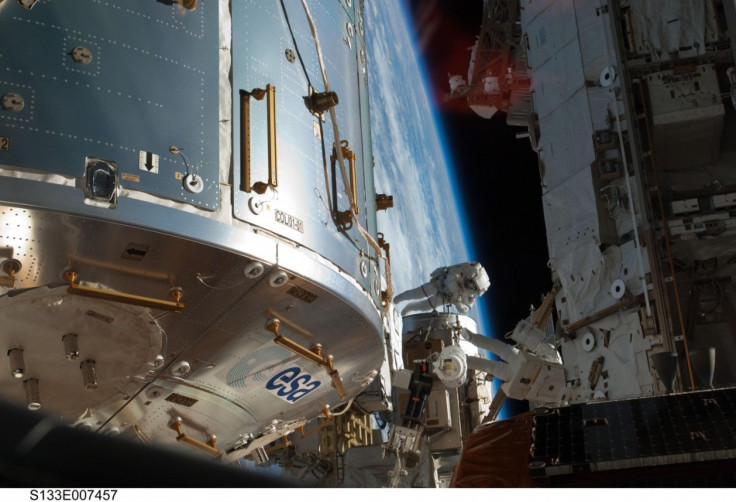NASA Funding 30 Space Technology Concepts

NASA has announced it is funding 30 distinct project advanced technology proposals which will better help the agency explore space.
The initiative is being called the NASA Innovative Advanced Concepts or NIAC. The space agency chose 30 concepts based on their potential to transform future space missions with new capabilities or significantly alter current approaches. Each approach has received $100,000 for one year for studies on how these concepts can advance space technology.
NASA's Joe Parrish, director of the Early Stage Innovation at NASA, said the ideas were out-of-the-box and advanced system concepts that could revolutionize future missions. He said, some may not pan out, but if any of them do, it could have a big potential.
"These innovative concepts have the potential to mature into the transformative capabilities NASA needs to improve our current space mission operations, seeding the technology breakthroughs needed for the challenging space missions in NASA's future," Chief Technologist Bobby Braun said at NASA Headquarters in Washington.
Parrish called the program a classic case of the agency willingly taking risks for a high reward.
Some of the proposals that have been teased by NASA include changing the course of orbital debris, a self stabilizing spacesuit that uses flywheels, 3-D printing to create a planetary outpost and numerous propulsion and power concepts for future missions.
NASA chose these projects based on them being technically substantiated and very early in development. All of them are ten years or more from mission infusion. They all met NASA's strategic goals as well.
Originally, NASA had the Institute for Advanced Concepts. This group ran from 1998 to 2007 and was an open forum for external analysis and definition of revolutionary space and aeronautics concepts. It was more complementary than anything else.
After the National Research Council indicated the agency should maintain a mechanism to investigate visionary, far-reaching advanced concepts, NASA created the NIAC as the next generation of the Institute for Advanced Concepts.
Follow Gabriel Perna on Twitter at @GabrielSPerna
© Copyright IBTimes 2024. All rights reserved.











